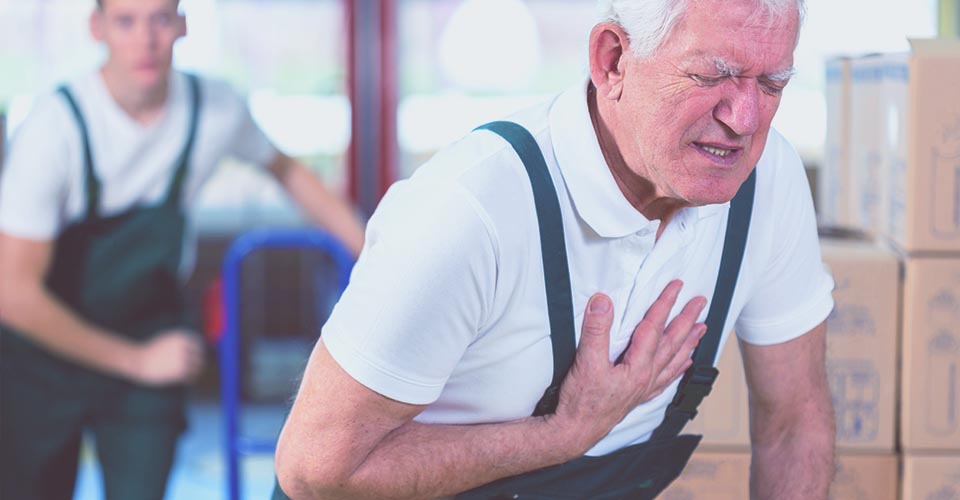As our regular blog readers know, early intervention with CPR and an automated external defibrillator (AED) results in better patient outcomes in cases of sudden cardiac arrest (SCA). Very often, that intervention is provided by bystanders and non-EMS "first on the scene" responders. Today's post shares some recently published findings from the Journal of the American Medical Association (JAMA) that look at how statewide initiatives to improve training and response by bystanders and first responders can make a life and death difference in an SCA incident.
The study, “Association of Bystander and First-Responder Intervention With Survival After Out-of-Hospital Cardiac Arrest in North Carolina, 2010-2013,” which appeared in the journal’s July 21 edition, looked at almost 5,000 cases of out-of-hospital cardiac arrest where early CPR was attempted.
After several years of initiatives geared towards public training in CPR and the use of automated external defibrillators (AEDs), team-based high-performance CPR training for first responders, and training for dispatchers to better recognize instances of cardiac arrest, the research team concluded that:
“The proportion of patients receiving bystander-initiated CPR and defibrillation by first responders increased and was associated with greater likelihood of survival. Bystander-initiated CPR was associated with greater likelihood of survival with favorable neurological outcome.”
The stats tell the story:
- The combination of bystander CPR and first-responder defibrillation increased from 14.1% in 2010 to 23.1% in 2013.
- Survival with favorable neurological outcome increased from 7.1% in 2010 to 9.7% in 2013 and was associated with bystander-initiated CPR.
- Bystander and first-responder interventions were associated with higher survival to hospital discharge. Survival following EMS-initiated CPR and defibrillation was 15.2% compared with:
- 33.6% following bystander-initiated CPR and defibrillation
- 24.2% following bystander CPR and first-responder defibrillation
- 25.2% following first-responder CPR and defibrillation
For more detailed statistics and sample sizes, see the article abstract on the JAMA website (Subscription Required to view entire article).
Do you know someone who has been saved by a trained bystander? Share your Good Samaritan story with us in the comments below.
SHARE YOUR STORYNote to instructors interested in offering first responder training: The article defines first responders as “dispatched police officers, firefighters, rescue squad, or life-saving crew trained to perform basic life support until arrival of the EMS.” If you’re interested in offering training through your training business for these specialized audiences, check out our library of ASHI and 24-7 programs.







.png?width=600&name=HSI-CTA-EmergencyCareTraining%20(1).png)











Comments